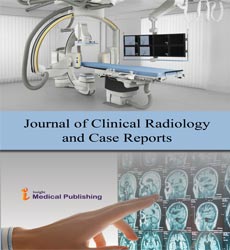Continues remote monitoring of Critically ill COVID 19 patients (C3 study): A Predictor of outcome
The COVID-19 pandemic has overwhelmed the existing healthcare infrastructure in many parts of the world. Healthcare professionals are not only over-burdened but also at a high risk of nosocomial transmission from COVID-19 patients Remote monitoring of COVID-19 patients with non-serious symptoms can help reduce the burden on healthcare facilities. In this pandemic situation, health monitoring is getting significant consideration in the field of healthcare and as a result, it has emerged as a key area of interest in recent times. Measurement of vital signs in hospitalized patients is necessary to assess the clinical situation of the patient. Early warning scores (EWS), such as the modified early warning score (MEWS), are generally calculated 3 times a day, but these may not capture early deterioration. Continuous monitoring with wearable devices might detect clinical deterioration at an earlier stage, which allows clinicians to take corrective actions Ballistocardiography is a non-invasive method based on the measurement of the body motion generated by the ejection of the blood at each cardiac cycle. Dozee Early Warning System (DEWS): DEWS is an overall score for risk assessment of the physiological status of a person. It is a cumulative score of risk levels of physiological parameters like HR, RR and SPo2, which acts as an early predictor for possible physiological decline.
Open Access Journals
- Aquaculture & Veterinary Science
- Chemistry & Chemical Sciences
- Clinical Sciences
- Engineering
- General Science
- Genetics & Molecular Biology
- Health Care & Nursing
- Immunology & Microbiology
- Materials Science
- Mathematics & Physics
- Medical Sciences
- Neurology & Psychiatry
- Oncology & Cancer Science
- Pharmaceutical Sciences
